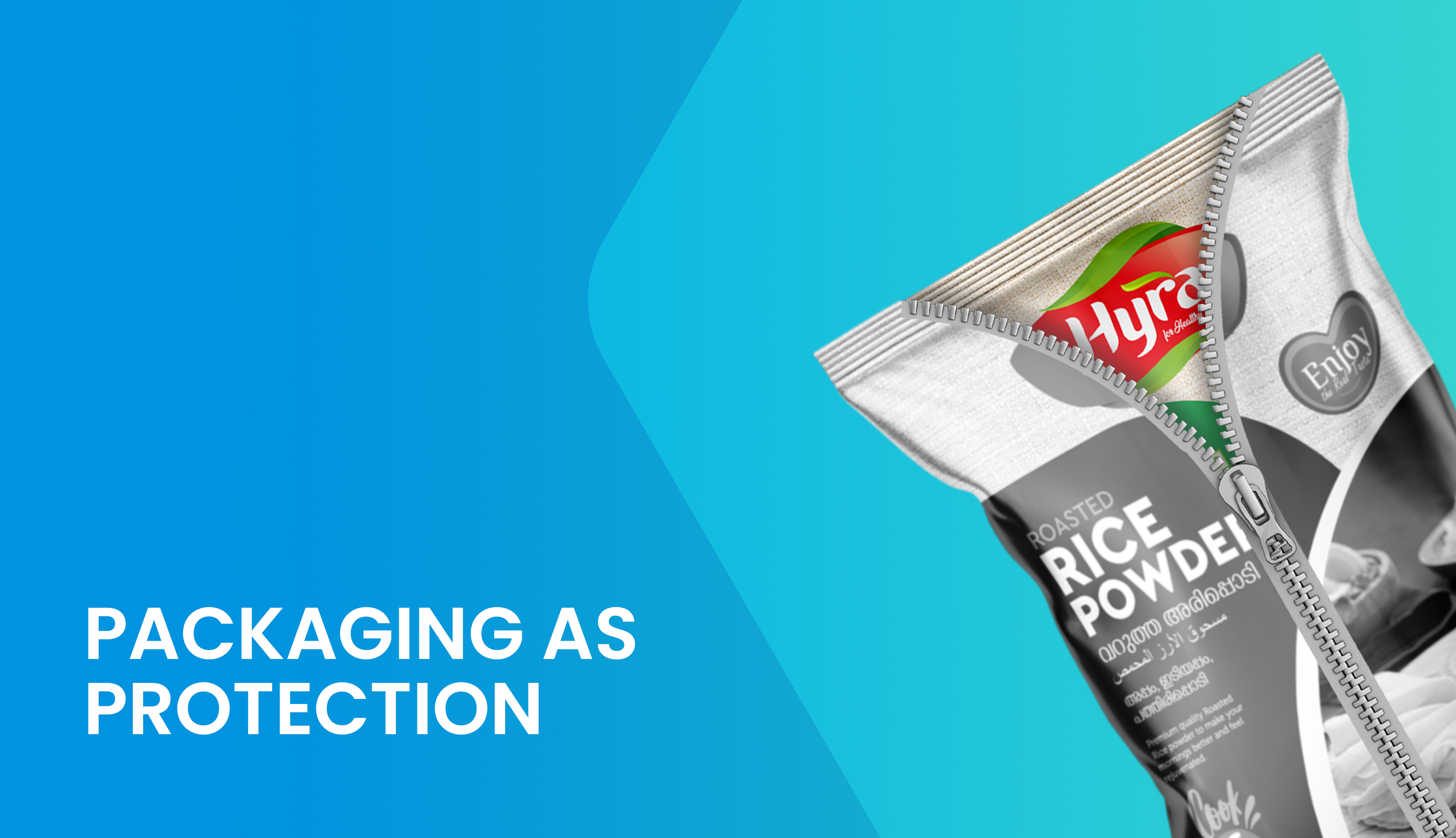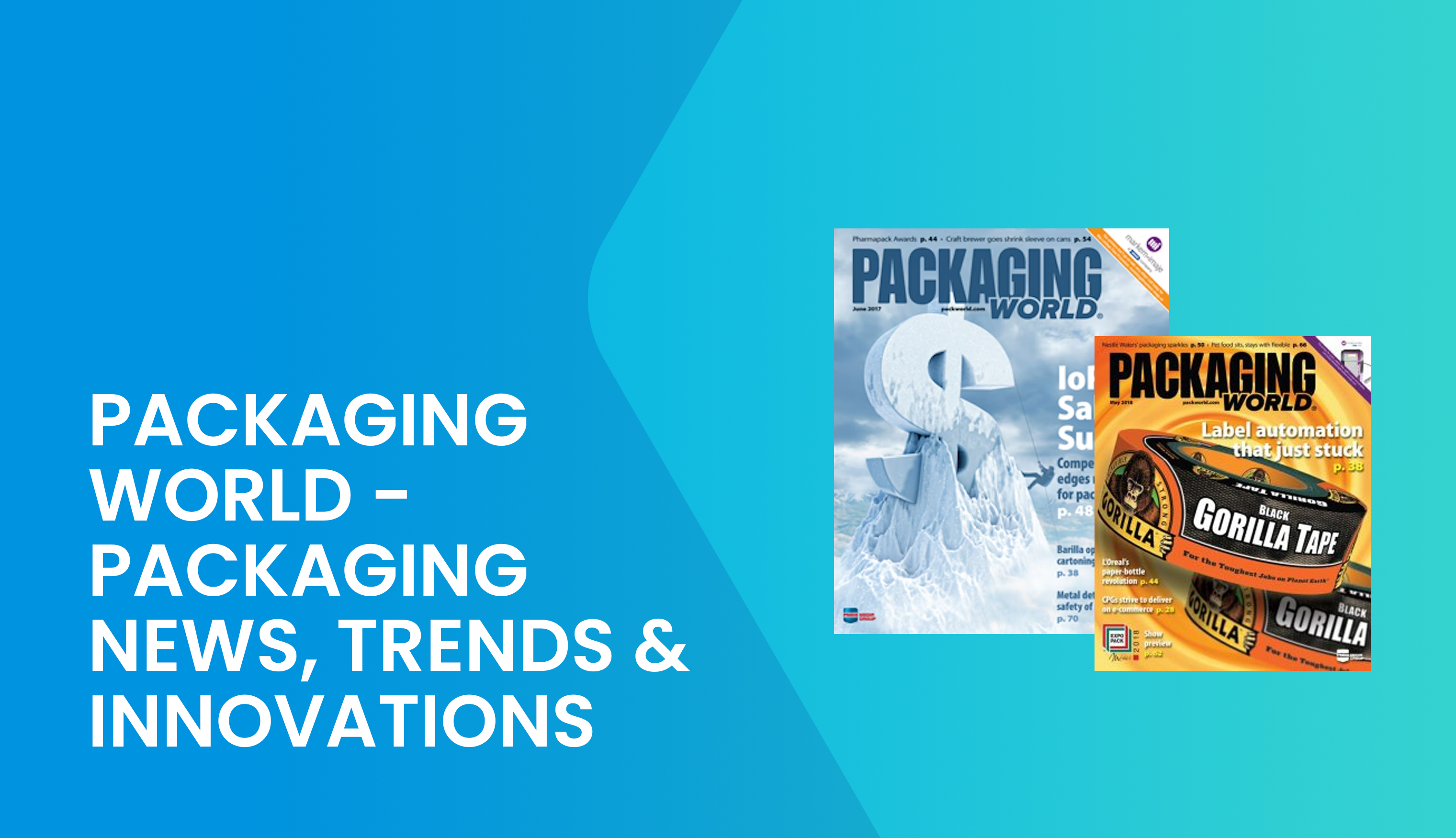Packaging Strategies: Enhancing Product Appeal and Sustainability
Packaging plays a critical role in today's consumer-driven market. It not only protects and preserves products but also serves as a powerful marketing tool to attract consumers and differentiate brands. As the marketplace evolves, packaging strategies need to adapt to meet changing consumer preferences and environmental concerns. This article explores some key packaging strategies that businesses can adopt to enhance product appeal and promote sustainability.
Reflecting Brand Identity: Packaging should align with a brand's values, personality, and target audience. It should communicate the essence of the product and evoke an emotional connection with consumers. Whether it's through colors, typography, or imagery, packaging design should consistently represent the brand to create a memorable and recognizable identity.
Functional and User-Friendly Design: Packaging should be designed with the end-user in mind. It should be easy to open, handle, and store. User-friendly packaging enhances the overall customer experience and reduces frustration. Innovative packaging solutions, such as resealable pouches or single-serve portions, can improve convenience and usability
Sustainable Materials: With growing environmental awareness, consumers are increasingly concerned about the environmental impact of packaging. Businesses can adopt sustainable packaging materials such as biodegradable or compostable materials, recycled paper or cardboard, or plant-based plastics. Using eco-friendly materials not only reduces waste but also aligns with consumer values, enhancing brand reputation.
Right-sizing: Over-packaging is not only wasteful but also contributes to excessive resource consumption and increased transportation costs. Right-sizing packaging involves finding the optimal balance between product protection and minimizing material usage. By optimizing packaging dimensions, businesses can reduce waste, improve efficiency, and lower their carbon footprint.
Minimalist Design: Clean, minimalist packaging design is gaining popularity as it aligns with the minimalist lifestyle trend. Removing unnecessary embellishments and focusing on simplicity and elegance can create a visually appealing and modern packaging aesthetic. Minimalist packaging not only stands out on store shelves but also conveys a sense of sophistication and quality
Personalization and Customization: In an era where consumers seek personalized experiences, customized packaging can leave a lasting impression. Adding personal touches, such as personalized messages or unique packaging designs, can create a sense of exclusivity and connection with customers. Customization also allows businesses to cater to specific market segments or seasonal promotions
Interactive and Augmented Reality (AR) Packaging: With advancements in technology, packaging can now offer interactive experiences. Augmented Reality (AR) packaging uses smartphone apps to provide consumers with additional information, virtual experiences, or games. It creates an engaging and immersive brand experience, increasing consumer interaction and brand loyalty.
Clear and Informative Labeling: Consumers value transparency and want to make informed purchasing decisions. Clear and informative labeling provides essential product information, such as ingredients, nutritional facts, and certifications. Incorporating sustainability claims, such as recyclability or carbon footprint, can also resonate with environmentally conscious consumers.
Storytelling: Packaging can tell a brand's story and create an emotional connection with consumers. By sharing the brand's mission, values, or the product's origin, packaging can evoke emotions and build trust. Storytelling packaging can foster a sense of authenticity and differentiate the brand in a crowded market.
Post-Consumer Waste Management: Responsible packaging strategies include considering the end-of-life stage. Encouraging consumers to recycle or providing information on proper disposal methods can contribute to a circular economy. Businesses can also explore innovative solutions, such as take-back programs or using recyclable or compostable packaging.
Packaging strategies are vital for businesses to stand out in a competitive market while addressing sustainability concerns. By reflecting brand identity, adopting sustainable materials, and prioritizing user-friendly design, businesses can enhance product appeal and meet consumer expectations.




